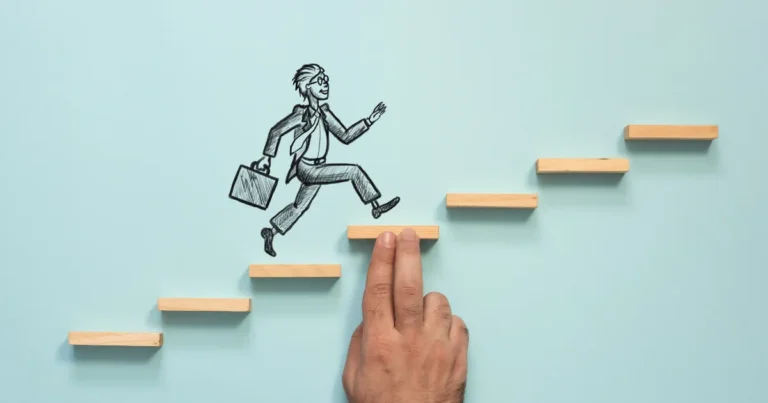- Phone: (031) 849 5566
- WA: +6282140060234
- Email: [email protected]
- Hours: Mon-Fri, 8am - 5pm
Skill Obsolescence: A Career Threat in Changing Times

Skill Obsolescence: A Career Threat that arises when skills are no longer relevant in today’s fast-changing world.
What Is Skill Obsolescence?
Skill obsolescence occurs when an individual’s abilities become outdated because they fail to keep up with new work processes, techniques, or technologies after completing their education (Kaswan, 2014). In other words, skills that were once relevant may no longer be useful today. As a result, workers who stop learning gradually risk losing their competitive advantage. Therefore, continuous development is essential to stay relevant in the modern workplace.
This phenomenon has become a real challenge in the modern workplace. Rapid technological shifts—driven by artificial intelligence (AI), digitalization, and automation—put both technical and professional workers at risk of falling behind. If ignored, this issue can harm not only employees but also the companies they work for.
The Impact of Skill Obsolescence
When employees’ skills no longer match market demands, companies lose their competitive edge. As a result, innovation slows down, service quality decreases, and customers may turn to more adaptive competitors. On the other hand, for individuals, outdated skills limit their career opportunities, lower the productivity, and reducing job satisfaction. This highlights the urgency of viewing skill obsolescence as a genuine career risk, one that professionals can no longer overlook.
Furthermore, according to the latest World Economic Forum report (2023), around 44% of workers’ skills set going to shift within the next five years. Therefore, this emphasizes the necessity of embracing lifelong learning and resilience in the face of change.
Read More : Learning a New Language, Really Boost Your Career?
How to Prevent Skill Obsolescence
Preventing skill obsolescence demands more than formal training—it requires fostering a sustainable learning culture. Organizations need to build an environment where employees are motivated to continuously grow and adapt. Some practical strategies include:
Encouraging knowledge-sharing sessions, both in-person and through digital platforms.
Assigning challenging tasks early in an employee’s career to accelerate skill development.
Supporting participation in courses, seminars, conferences, or further education.
Recognizing and rewarding employees who actively update their skills and drive innovation.
Promoting cross-team collaboration to solve problems and spark creative solutions.
Read More : Want Training That Actually Works? Try This Model
Building an Adaptive Workplace
Preventing skill obsolescence is not only an individual responsibility but also a corporate one. By committing to become a lifelong learning organization, companies can provide space for employees to grow, stay relevant in a competitive market, and achieve higher levels of career satisfaction.
References
- Kaswan. (2014). Career Development: Pengembangan Karir untuk Mencapai Kesuksesan dan Kepuasan. Bandung: Alfabeta.
- World Economic Forum. (2023). Future of Jobs Report 2023. Geneva: WEF.
- Cappelli, P. (2015). Skill Gaps, Skill Shortages, and Skill Mismatches: Evidence for the US. ILR Review, 68(2), 251–290.
(SGN-NFR)





